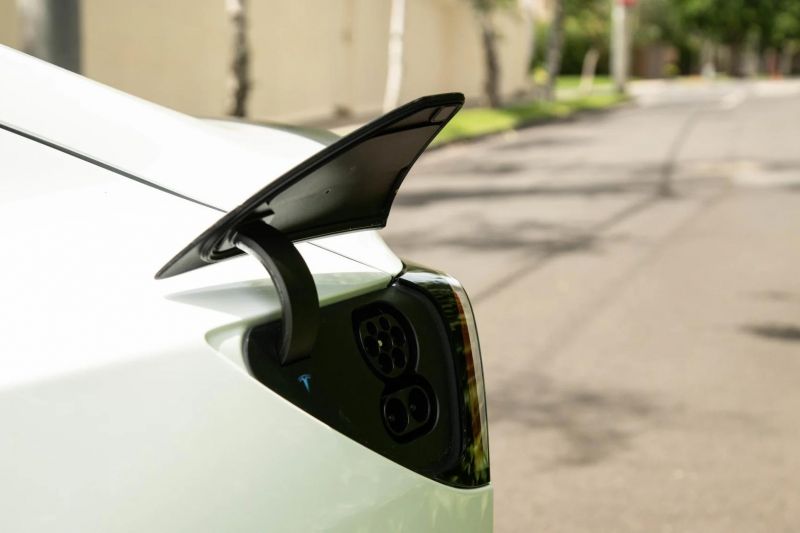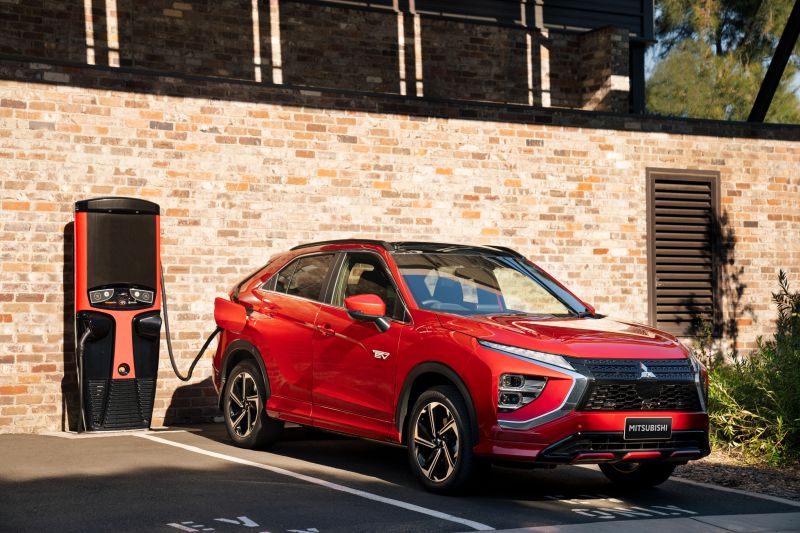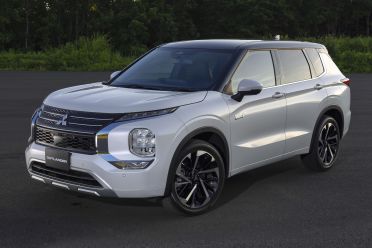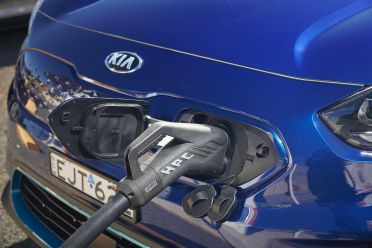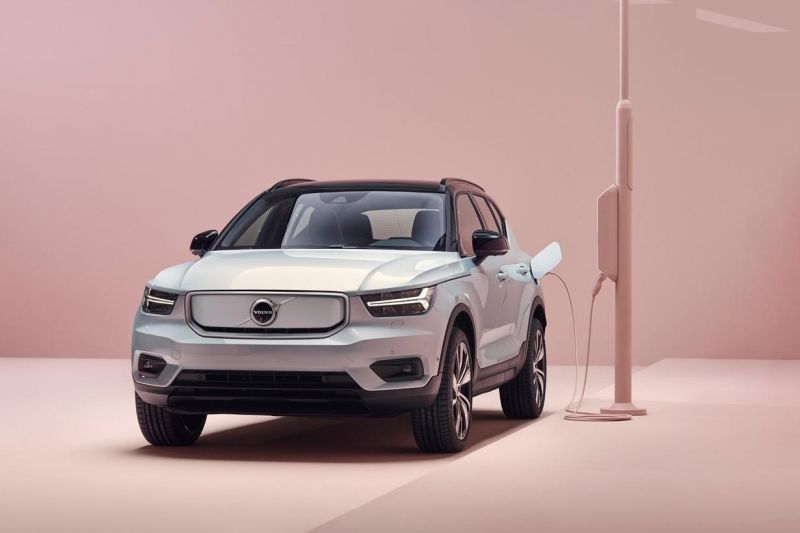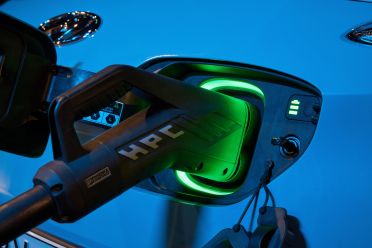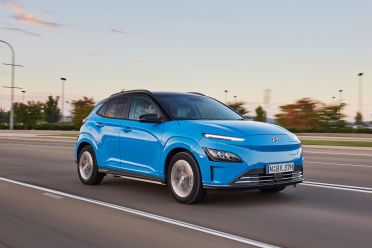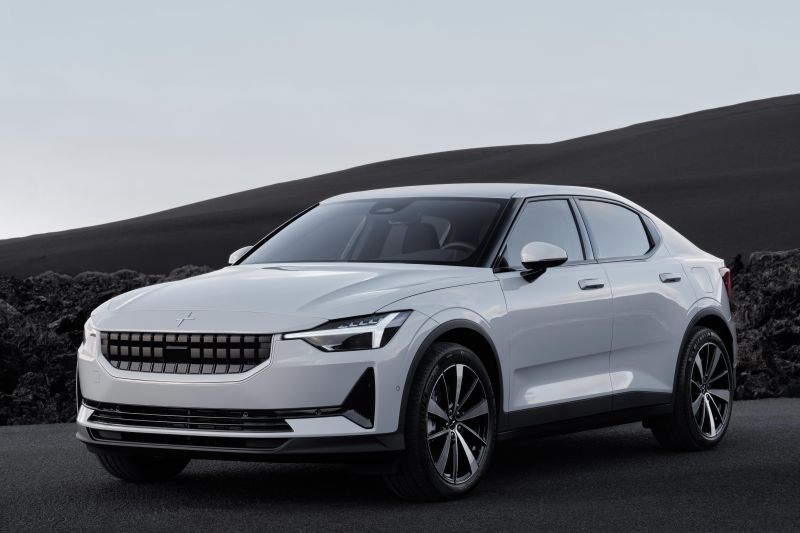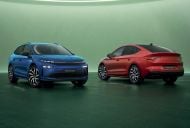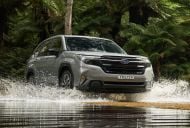It’s official! Tesla is now offering its Supercharger network to non-Tesla electric vehicles (EVs) – but don’t race to your nearest location just yet unless you’re in the Netherlands.
The EV automaker has commenced a pilot program, titled the ‘Non-Tesla Supercharger Pilot’, where it’s allowing Dutch non-Tesla EV drivers to charge at 10 of its Supercharging stations in their home country.
The selected Dutch Supercharging stations are the following:
- Sassenheim (12 Superchargers, 250kW)
- Apeldoorn Oost (20 Superchargers, 250kW)
- Meerkerk (16 Superchargers, 250kW)
- Hengelo (12 Superchargers, 250kW)
- Tilburg (12 Superchargers, 250kW)
- Duiven (20 Superchargers, 150kW)
- Breukelen (28 Supercharges, 150kW)
- Naarden (32 Superchargers, 150kW)
- Eemnes (12 Superchargers, 250kW)
- Zwolle (24 Superchargers, 250kW)
All of these Supercharging stations will only offer CCS Type 2 charging plugs to non-Tesla EVs, with the less-widely used CHAdeMO ports not supported.
Tesla drivers will still be able to charge at these locations as per usual, but will now have to compete with the other non-Tesla EVs also charging these locations.
The Netherlands is one of the best places to pilot this program because the country has the largest number of charging stations in Europe, with around 75,000 stations scattered around.
The amount of charging stations in the Netherlands is equal to nearly a third of the entire EU in total.
The majority of the Superchargers in Holland are the most-recent V3 Superchargers that allow for a charging speed up to 250kW.
These V3 charging stations are still being rolled out in Australia with the majority of the existing Supercharging locations the older V2 type allowing for a charging speed up to 120kW.
There are currently 42 Australian superchargers currently online with a number of new sites in the works.
In total though, there are more than 25,000 Superchargers at over 2500 locations worldwide.
In order to access the Superchargers as a non-Tesla driver you will need to download the Tesla app (version 4.2.3 or higher) and create an account.
After this, there’s now an option to ‘Charge Your Non-Tesla’ in the app that allows you to find your desired non-Tesla EV charging Supercharger site.
The app also requires you to add a payment method and to select the particular stall and cable that you’re using to charge your non-Tesla EV.
After all of this is done, you can click the start and stop charging buttons in the app and it’s as easy as that.
The process isn’t all sunshine and roses though with non-Tesla EV drivers being charged at a different rate compared to Tesla drivers.
“Pricing for Non-Tesla drivers reflects additional costs incurred to support charging a broad range of vehicles and adjustments to our sites to accommodate these vehicles”, said Tesla in response to why there’s a price discrepancy between Tesla and Non-Tesla EVs.
“Rates vary by site, and you can view charging prices in the Tesla app. The per kWh price to charge can be lowered with a charging membership.”
The company also charges an idling fee, which varies by country, for when the EV has finished charging and is blocking the charging space from another vehicle that intends to charge up.
“For every additional minute a car remains connected to the Supercharger, it will incur an idle fee,” said Tesla.
“Idle fees only apply when a Supercharger station is at 50 per cent capacity or more. Idle fees double when the station is at 100 per cent capacity.”
If the EV is moved within 5 minutes though, the idle fee is waived according to the company.
One issue that could arise from this pilot program is it allows non-Tesla EVs with a lower maximum DC charging speed to clog up the Superchargers.
For example, the Hyundai Kona Electric currently offers a maximum CCS Type 2 DC fast-charging speed of 100kW, whereas the Tesla Model 3 can DC fast-charge at speeds of up to 250kW.
In order to combat this, Tesla is going to be paying close attention to the congestion that occurs at the select Supercharging stations during the pilot.
In its defence though, the company wants the Superchargers in the pilot to be busy as this will drive more expansion of this charging feature to other markets.
This non-Tesla EV charging feature has been discussed quite extensively in the past with Tesla having talks with Norwegian officials, according to Electrek, to open up its Superchargers by September 2022.
The German Minister of Transport also confirmed earlier in 2021 Tesla was in talks to open its Supercharger network in Germany to other automakers.
CEO Elon Musk said on Twitter back in December 2020 that Tesla Superchargers were being made more accessible.
“It’s kind of low key. Tesla Superchargers are being made accessible to other electric cars,” said Musk.
MORE: Tesla to allow other cars to use its Supercharger network





